The practice of dowry in India has long been a deeply rooted tradition, but its dark underbelly reveals a disturbing trend of violence against women. Despite being outlawed since 1961, the dowry system continues to thrive, often with fatal consequences. Every year, thousands of brides are harassed, abused, or even murdered by their husbands and in-laws for failing to meet escalating dowry demands. These cases, commonly referred to as "dowry deaths," paint a grim picture of gender inequality and greed in modern Indian society.
The origins of dowry in India can be traced back centuries, initially intended as a form of financial security for the bride. What began as voluntary gifts from the bride's family gradually transformed into compulsory demands from the groom's side. In contemporary India, dowry has become a status symbol and a means of extortion, with demands often including cash, jewelry, cars, and even real estate. The pressure to fulfill these expectations falls entirely on the bride's family, creating an environment ripe for exploitation and violence.
Statistics from India's National Crime Records Bureau reveal shocking numbers. In 2022 alone, over 6,500 dowry-related deaths were reported across the country. These figures likely represent just the tip of the iceberg, as many cases go unreported due to social stigma or police corruption. The majority of victims are young women in their first few years of marriage, often from middle-class families who have already stretched their finances to meet initial dowry demands.
The modus operandi in dowry deaths frequently follows a disturbing pattern. After marriage, the groom's family begins making additional demands. When these aren't met, the bride faces relentless psychological and physical abuse. In extreme cases, the violence escalates to murder, often disguised as kitchen accidents or suicides. Burning—referred to as "bride burning"—remains the most common method, accounting for nearly 45% of dowry-related homicides according to women's rights organizations.
Legal frameworks exist to combat this epidemic. The Dowry Prohibition Act of 1961 and Section 498A of the Indian Penal Code specifically address dowry harassment and cruelty by husbands or relatives. However, implementation remains woefully inadequate. Police often dismiss complaints as domestic disputes, while the judicial system moves at a glacial pace. Conviction rates hover around 30%, and even when secured, sentences are frequently lenient. This systemic failure perpetuates a culture of impunity.
Social activists point to deeper cultural factors that sustain the dowry system. Patriarchal norms that view women as financial burdens, the glorification of extravagant weddings, and the commodification of marriage all contribute to the problem. Even educated families from urban areas continue participating in the practice, though often under more discreet terms. The pressure to marry daughters within certain communities outweighs ethical concerns, creating a vicious cycle that's difficult to break.
Grassroots movements and women's organizations have made some headway in raising awareness. Campaigns like "Say No to Dowry" and "Self-Respect Marriages" have gained traction, particularly among younger generations. Several state governments have introduced dowry prohibition officers and helplines, though their effectiveness varies widely. Some progressive families now proudly declare their rejection of dowry in wedding invitations—a small but meaningful act of defiance against the status quo.
The economic angle cannot be ignored. In a country where female workforce participation remains low (below 25% according to World Bank data), many families see dowry as an inevitable expense—the price of securing their daughter's future. This mindset persists despite evidence that dowry payments often lead to financial ruin and do nothing to guarantee a woman's safety or happiness in marriage.
International attention on dowry deaths has grown in recent years, with human rights organizations labeling it as a form of gender-based violence. The United Nations has repeatedly urged India to strengthen enforcement mechanisms and implement educational programs to change social attitudes. However, some nationalist groups have pushed back, framing criticism of dowry violence as an attack on Indian culture—a stance that further complicates reform efforts.
Technology has emerged as both a curse and blessing in this context. While social media sometimes facilitates the public shaming of families who demand dowry, matrimonial websites often covertly enable the practice through coded language about "expectations" and "gifts." Conversely, smartphone apps now allow women to discreetly document abuse and access legal resources, offering a glimmer of hope in desperate situations.
The psychological toll on survivors and their families is immeasurable. Many women who escape abusive dowry-related marriages face social ostracization and financial hardship. Support networks remain scarce, particularly in rural areas where the problem is most acute. Mental health professionals report increasing cases of depression and PTSD among dowry harassment survivors, yet specialized counseling services are virtually nonexistent in most regions.
Looking ahead, experts emphasize the need for a multi-pronged approach. Stricter law enforcement must be paired with comprehensive sex education that challenges gender stereotypes from an early age. Economic empowerment programs for women could reduce financial dependence on marriage. Perhaps most crucially, changing the narrative around marriage itself—from a transactional arrangement to an equal partnership—may eventually erode the foundations of this deadly tradition.
As India positions itself as a global economic power, the persistence of dowry-related violence remains a stark contradiction. The lives lost to this practice represent not just personal tragedies, but a collective failure to protect basic human rights. While progress is slow, the courage of survivors speaking out and young couples rejecting dowry altogether offers cautious optimism for eventual systemic change.

By Eric Ward/Apr 19, 2025
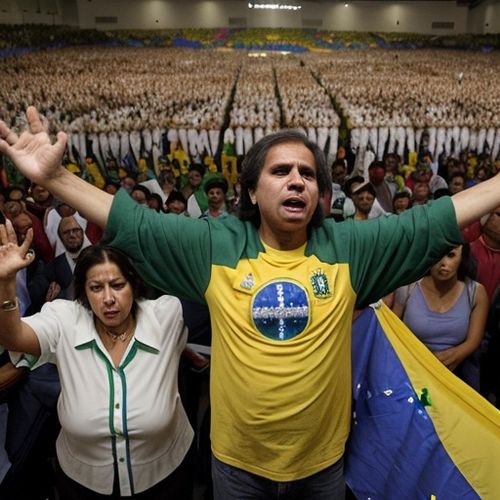
By James Moore/Apr 19, 2025

By Daniel Scott/Apr 19, 2025

By George Bailey/Apr 19, 2025
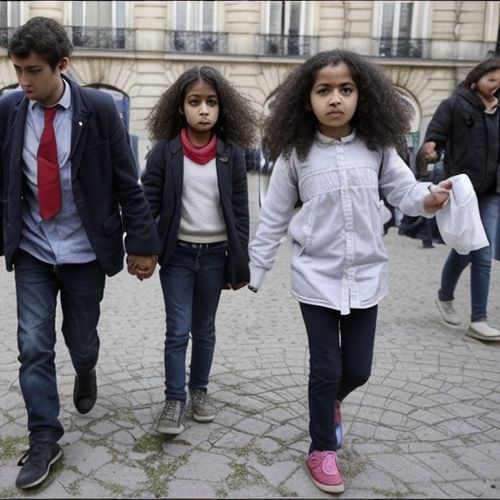
By Amanda Phillips/Apr 19, 2025

By Amanda Phillips/Apr 19, 2025

By Joshua Howard/Apr 19, 2025
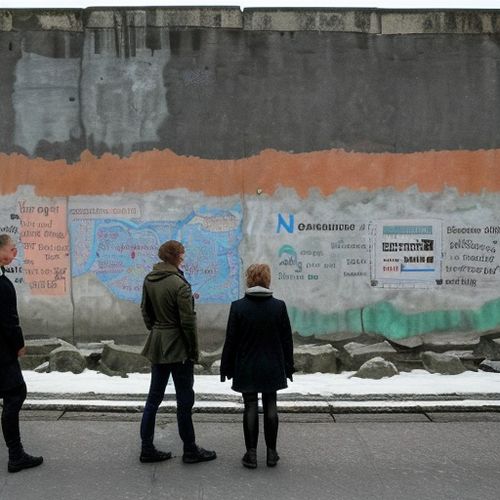
By Thomas Roberts/Apr 19, 2025

By Thomas Roberts/Apr 19, 2025

By Noah Bell/Apr 19, 2025

By James Moore/Apr 19, 2025
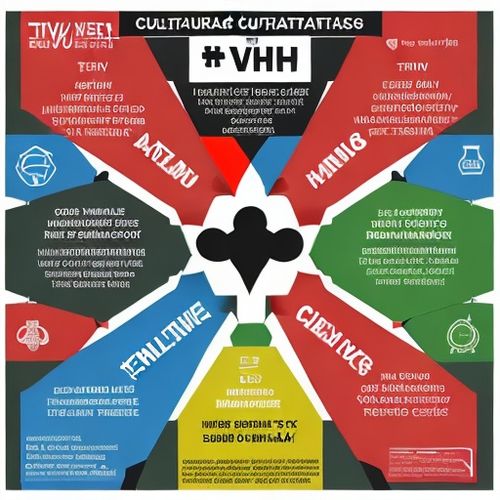
By Rebecca Stewart/Apr 19, 2025
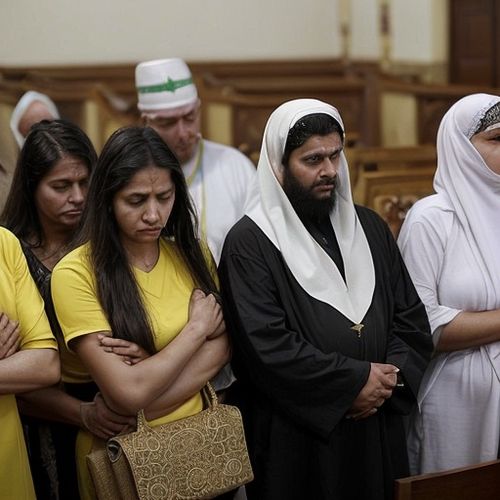
By Noah Bell/Apr 19, 2025

By Elizabeth Taylor/Apr 19, 2025
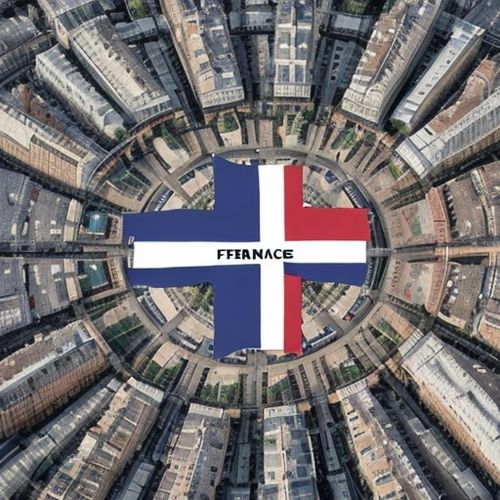
By Benjamin Evans/Apr 19, 2025
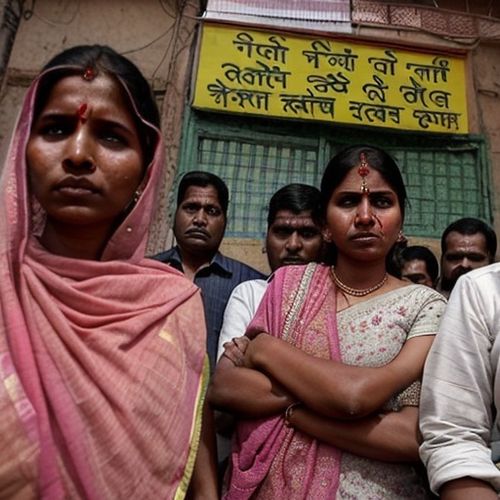
By Laura Wilson/Apr 19, 2025

By Victoria Gonzalez/Apr 19, 2025

By Laura Wilson/Apr 19, 2025
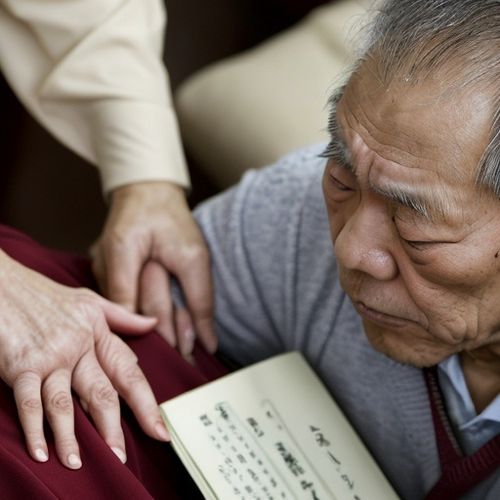
By Laura Wilson/Apr 19, 2025

By Sophia Lewis/Apr 19, 2025